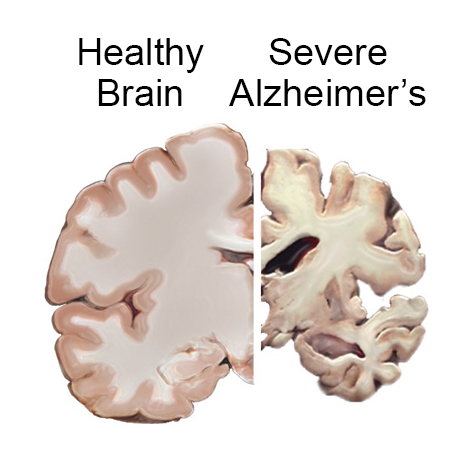Untangling Alzheimer’s Disease — September is Alzheimer’s Awareness Month
As more and more baby boomers reach their mid-60s—the age when symptoms first appear of the more common form of Alzheimer’s disease—our society faces unprecedented challenges. As research and our own personal experience has shown, Alzheimer’s and related dementias place tremendous physical, emotional and financial demands on those living with the disease, their caregivers, families and communities.
To end the devastation wrought by dementia, we must first identify the Alzheimer’s-related brain changes that provide targets for effective interventions. We are examining the differences between the brains of older people who are lucky enough to remain sharp as a tack and those with Mild Cognitive Impairment (MCI), a major risk for the development of Alzheimer’s disease.
In my IRP lab, the Neurocognitive Aging Section, we utilize a rat model of cognitive aging. Some aged rats display considerable memory deficits, while others perform on par with young animals—not unlike the continuum of cognitive abilities that we see in older humans. The goal of my postdoctoral fellowship is to parse out the biological underpinnings—at the molecular and cellular level—of these differences. By understanding the earliest Alzheimer’s-related changes to the brain as it ages, we can target those changes before they lead to the devastating effects described above.

Alzheimer’s disease disrupts the healthy functioning of neurons causing them to lose connections and die. The loss of these connections—or synapses—is a feature of Alzheimer’s, along with abnormal levels of amyloid beta (Aβ) and tau protein. Many researchers believe amyloid plaques and tau tangles are toxic to synapses and lead to their disappearance. Without synapses, we lose our abilities to recall memories and form new ones. Although Aβ and tau are hallmarks of Alzheimer’s, we still have much to learn about the underlying processes involved in the risk, onset, and progression of the disease.
So, IRP scientists and clinicians are taking a multi-disciplinary approach to better understand the complex and varied mechanisms involved in Alzheimer’s. Towards that end, they are developing better diagnostic tools, identifying disease risk factors, pursuing novel treatments, and exploring neuropathological underpinnings of the disease.
Inspired by September’s World Alzheimer's Awareness Month and driven by my own interest in cognitive aging and dementia, this month I’ll ask my fellow postdoctoral researchers about which approaches they believe hold promise for advancing our understanding of Alzheimer’s disease.
Stay tuned to learn along with me!
Related Blog Posts
This page was last updated on Wednesday, July 5, 2023
